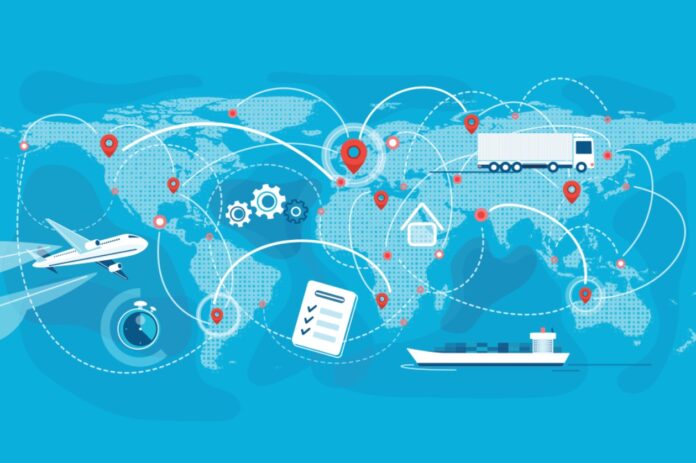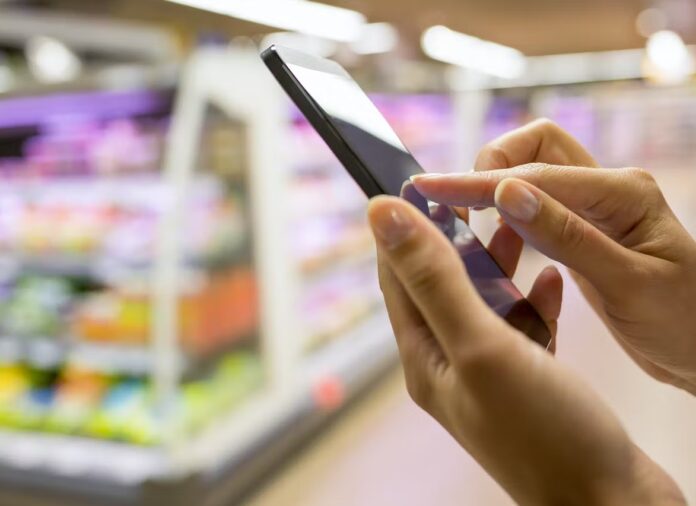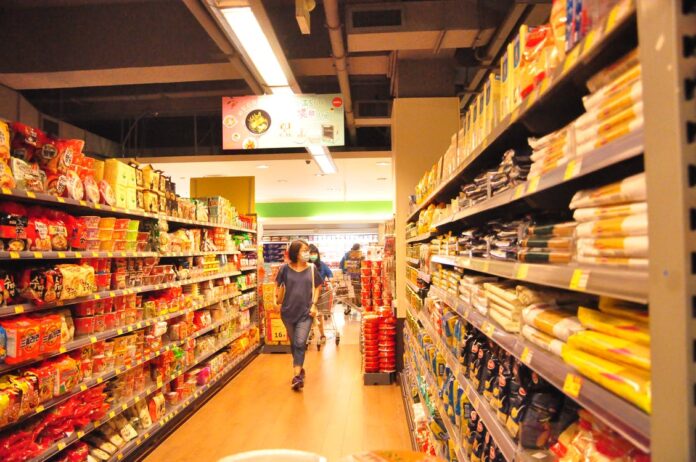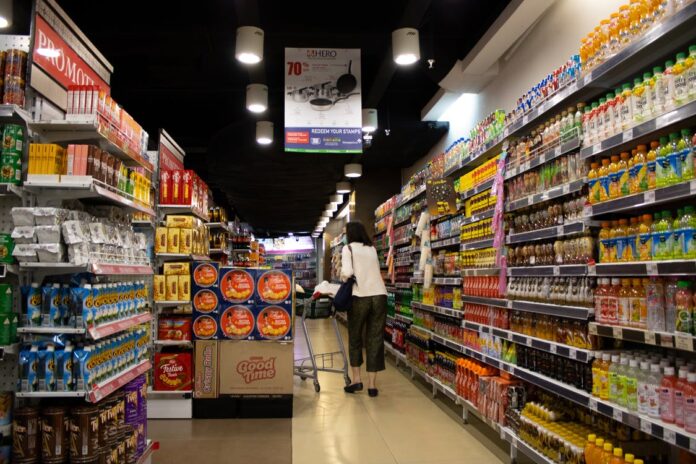
Table of Contents
Blockchain must have been created with the goal of disrupting the financial sector by adding decentralization and other features. Over time, blockchain technology has found applications in fields other than financial, such as health, agriculture, energy, and power.
This suggests that blockchain applications have progressed beyond serving as the foundation of cryptocurrency, where people buy bitcoin with a debit card or other cryptocurrencies for investment or trading.
Food industry businesses have just joined the long list of companies utilizing blockchain technology. This rapidly evolving technology has found use in the food business, where it is being used to address food chain supply issues and management. According to estimates, by 2025, more than 20% of the world’s top corporations will be using blockchain. This would mean that more food corporations will start their own blockchain projects.
Blockchain certainly is growing its roots within the food industry, and why is that? What are the benefits found with its capabilities by top companies to create a better future for food?
These are some of the questions this guide aims to give response to.
Benefits Of Blockchain in Food Supply Chain

Because food is one of the most basic needs for human survival, the food sector has become a major emphasis. As a result, there is a constant need for timely solutions to address the issues that this sector faces from the point of food production to the point of food consumption. However, some of the following benefits of blockchain are prominently displayed in these solutions targeted at establishing a healthy environment for food and its economy:
Improving Food Traceability, Wastage and Safety

Food traceability from the point of production to the point of consumption is a difficult process, especially for large food corporations that ship domestically or worldwide.
Personnel efficiency, shipment delays, poor inventory management, and other issues can all be costly to both the company and the customers. Some food characteristics can be degraded as a result of challenges such as improper raw material handling or shipment delays. As a result, food safety is compromised, and customers are exposed to significant hazards.
Companies may suffer enormous losses as a result of the aforementioned issues, increasing their pressure to manufacture more products in a short period of time to meet existing demands.
There has recently been an evolution of real-time tracking of things using IoT and blockchain. As a result, businesses may use this capability to improve their view on the production line, expedite shipments, and provide higher-quality food to the market.
Companies can use blockchain to track how they handle raw materials and final goods.
Furthermore, they can handle their byproducts with greater care in order to maintain the quality and grade of their delicacies.
Reduction of Errors in Data Collection And Storage

Food manufacturing, food inventory management, food conveyance, and other activities in the food sector are predicted to generate a large amount of data due to the high demand for food. The food company may be expected to operate from time to time, as consumption levels and rates almost never fall as low as the quality of what is produced, and consumer satisfaction is sufficient. To avoid errors such as omissions and modifications, a better digital ledger and storage system beyond paper recording or human input to internet-based data storage systems is necessary.
One of the most significant advantages of blockchain is the data storage security it provides. It’s impossible to change data once it’s saved on a blockchain with an efficient cryptographic setup, at least for now. Common behaviors in the financial element of a food firm, such as changing figures, can be readily minimized with blockchain. Of course, any firm needs to be in good financial shape. Also, human errors such as omission errors, which are almost inescapable, can be readily avoided, resulting in superior health codes and food management plans.
Due to the reputation of blockchain characteristics, data collected and kept on the blockchain can be perceived as transparent, valid, and trustable during inspections of food enterprises by health and food regulatory organizations. This would also require a food company that uses blockchain technology and is cognizant of its security constraints to create efficient working plans for its food procedures in advance of inspections. Consumers can be assured of superior food quality as a result of this. Alas! Everyone comes out on top.
Improving The Processes of Food Supplier Selection

Due to the competitive market and suppliers trying to appeal at any costs, selecting a raw material source might be tough for a food firm. Choosing a food provider with consistently high quality is critical to a company’s success. Food firms can therefore request quality provenance from suppliers as a company that uses blockchain and is familiar with the potential it provides. Setting this as the initial criterion can assist in significantly eliminating disparities in the selection process.
Improving The State Of Authenticity

Many consumers have recently found it difficult to trust labels and corporate products, particularly those that are sensitive, such as food. Because many corporations do not provide accurate information about the composition of food goods, procedures, and so on, this degree of fear and mistrust has remained. Harmful ingredients can be employed in many circumstances, and many other companies can create similar food products of lower quality. These are significant duties for businesses to complete.
Food firms can use blockchain to deliver transparent and trustworthy information about their food operations and product components. This would go a long way toward reducing consumer anxiety and mistrust, resulting in a better market with higher consumer expectations. With blockchain, a client may examine the history of a food product simply by scanning the barcode on the package, ensuring that it is exactly what it claims to be.
Furthermore, by pinpointing the root of the problem and thereby safeguarding the original producers’ names, it can minimize the spread of counterfeit products entering the market.
Conclusion
The rate of adoption of blockchain for food supply chain management, on the other hand, can be said to have only recently begun to make an impact in the food business. Beyond the aforementioned concerns, blockchain could soon be used to fight other issues that face today’s food supply systems. And this is critical for the safety of consumers’ health, as well as the success of food corporations.
















